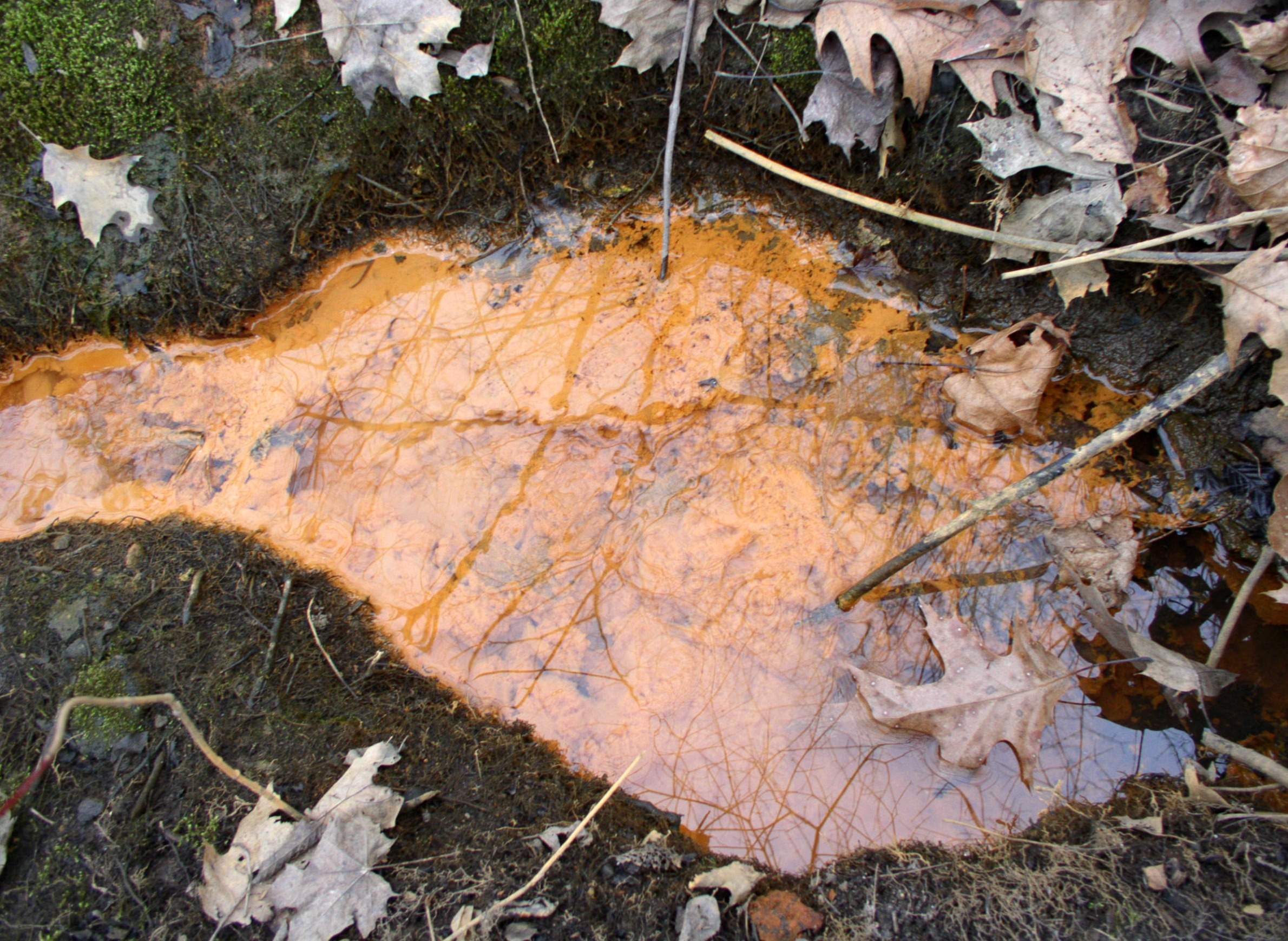
Iron bacteria are nuisance organisms.

Iron bacteria are nuisance organisms.
As the groundwater education specialist for UW-Extension's Center for Watershed Science and Education at the University of Wisconsin-Stevens Point, I get a lot of questions from Wisconsin residents about their well water and how to go about testing its safety. In an introductory Q&A, I answered some basic questions I am regularly asked. Here are answers to a few more specific questions.
Is testing for radon in well water a concern when an air quality test shows a level of 10-11 for the gas? How do you test for radon in well water?
If testing of household air indicates elevated radon levels, the first thing that should be done is to look into a mitigation system to reduce the gas in the home. If mitigation is still not sufficient to reduce indoor radon below the standard of 4 picocuries per liter, then it may be a good idea to test drinking water for it as a contaminant. Radon is a gas that is elevated in certain homes where it seeps into houses through their foundations. The problem is more prevalent in certain parts of Wisconsin. Health concerns associated with radon are from the inhalation of the gas and not generally associated with drinking water.
There is no standard for the maximum concentration of radon in drinking water. However at really high levels, radon in water may increase the concentration of the contaminant in the air of homes through activities like showering or washing laundry. Past testing suggests that it is unlikely that a significant number of wells in Wisconsin contain concentrations of radon in well water to significantly affect indoor air quality.
The Wisconsin Department of Health Services provides more information on radon and where in the state it is more prevalent.
Which state program tests for atrazine and other pesticides in groundwater?
The Wisconsin Department of Agriculture, Trade and Consumer Protection is the agency that regulates pesticide use and studies its occurrence in groundwater. DATCP monitors Wisconsin's groundwater in a couple of ways. One is through a survey performed every five to 10 years that collects samples from randomly chosen private wells from across Wisconsin to test their water for many different pesticides. The most recent report, "Agricultural Chemicals in Wisconsin Groundwater," highlights the results from sampling performed in 2008 and reveals the most commonly detected pesticides in groundwater.
Another avenue where DATCP performs testing involves atrazine, noting specifically where this chemical exceeds the Wisconsin groundwater standard of more than 3 parts per billion for parent atrazine and three of its metabolites).
An atrazine screen is an approximate test that is performed as an inexpensive alternative to a more detailed analysis. It is a useful first step in determining whether water is being affected by pesticides and meets health-based standards for triazine-type herbicides. If a homeowner has a lab conduct an atrazine screen, and the concentration is at a level of 2 ppb or higher, DATCP is often interested in following up to perform a more in-depth pesticide analysis. This follow-up analysis tests for parent atrazine as well as many other pesticides and pesticide metabolites of concern. This follow-up testing is free; however, paying the initial fee for the atrazine screen is up to the individual homeowner. Both the Wisconsin State Laboratory of Hygiene and the Water and Environmental Analysis Lab offer an atrazine screen to homeowners.
I have a well and want to have its arsenic levels tested. Who does them?
Arsenic is now a required test following well or pump work by a licensed professional. It is also required if a well owner chooses to perform an inspection. Unless a well owner has had repair work done or an inspection performed in the last two years, it is unlikely that their well has been checked for arsenic.
Arsenic can be tested anytime. These labs are certified to perform arsenic testing following well pump work or as part of a well inspection.
How do iron- and sulfate-reducing bacteria get into groundwater, and what is their effect on drinking water quality?
Iron and sulfate-reducing bacteria are nuisance microorganisms that affect the odor, taste and appearance of drinking water but are generally not considered harmful to health. Both types of bacteria can often be the cause of off-putting odors, clogged screens, or the oily or slime-like film sometimes observed in toilets.
All sorts of different bacteria are naturally present in the environment. There is concern that these bacteria may be introduced during the well-drilling process, but in many cases it just as likely that conditions within the aquifer are right for the bacteria to live and thrive. Areas where groundwater naturally contains iron or sulfur increase the likelihood of finding these bacteria in drinking water.
It is unlikely that iron and sulfate-reducing bacteria can be completely eliminated from the well. However, well owners can disinfect their wells themselves or hire someone to help control or minimize the extent of the issue.
If problems related to sulfate-reducing bacteria are more noticeable in hot water, additional steps can be taken to reduce the odor of rotten eggs.
More information on iron and sulfate-reducing bacteria, including steps to help control these nuisance bacteria, can be found in these Wisconsin Department of Natural Resources publications: Iron Bacteria Problems in Wells and Sulfate Bacteria Problems in Wells.
Do you use well water and have any questions about it? Have you encountered any change in its smell or taste, or do you have questions about well construction or testing that I haven't addressed above. Please submit them, and I will try to answer some that cover common issues that well owners encounter. Questions about drinking water and potential contaminants can be submitted via this form.